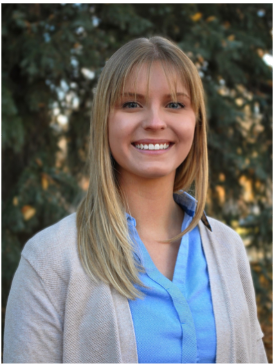About the Seminar
The conformational landscape of biological processes such as protein folding, and allosteric regulation is essential for understanding their underlying mechanisms. However, its complexity poses a challenge to theoretical modeling. In this talk, I will discuss structural clustering of molecular dynamics (MD) simulation data and present a new algorithm based on particle positions that requires only a few intuitive parameters. The advantages of Shape-GMM are demonstrated on a “known-truth” model representing a structural transition between a right- and left-handed helix. The method is then applied to an extensive MD data set of a fast-folding protein, HP35, to capture subtle structural fluctuations that occur during the folding process. In the second half of my talk, I will introduce the exemplar allosteric enzyme, Imidazole Glycerol Phosphate Synthase (IGPS). This enzyme exhibits long range communication between distinct active sites in its dimeric form, giving rise to a 4500-fold increase in glutamine hydrolysis activity. I will present a Density Functional Theory (DFT) study on large (237 atoms) active site cluster models of IGPS in the presumed “active” and “inactive” states to investigate the relationship between conformation and catalysis. Future directions for qualitative understanding and quantitative modeling in enzyme catalysis are proposed, addressing current challenges regarding conformational interconversion at timescales inaccessible to conventional QM treatments.



